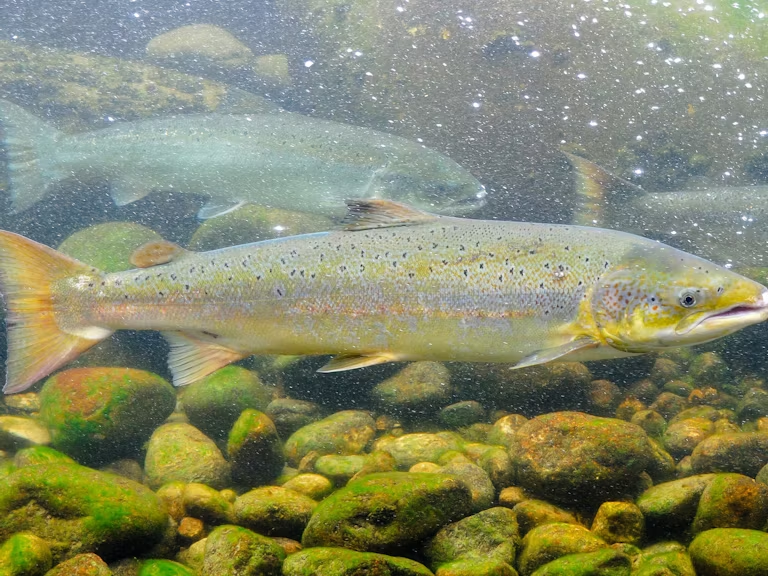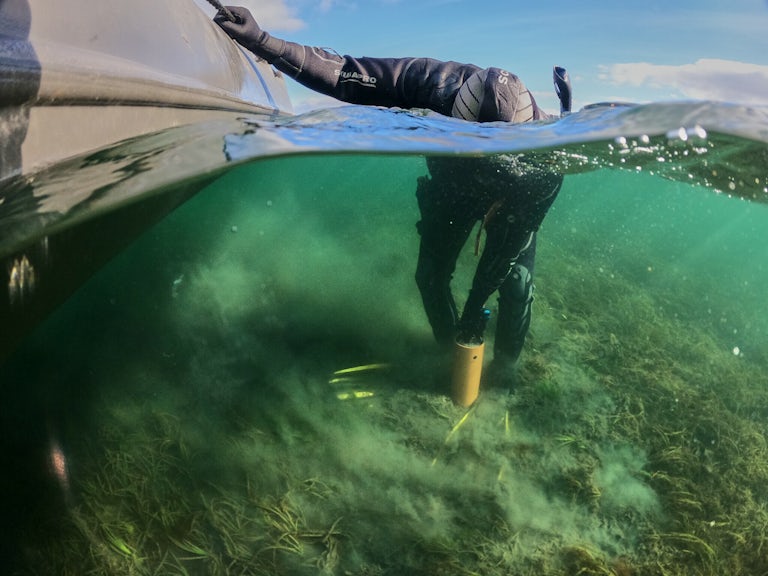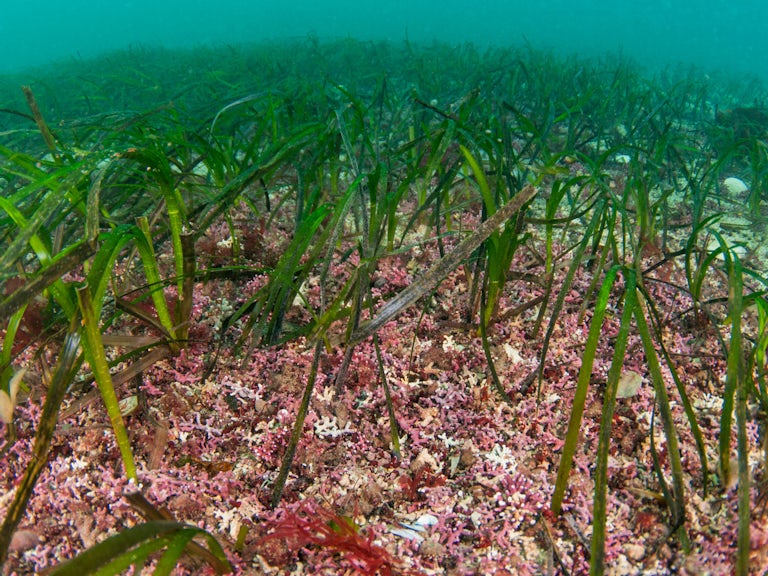Bluefin tuna
Thunnus thynnus
A highly mobile, torpedo-shaped fish that’s making a comeback in our waters.
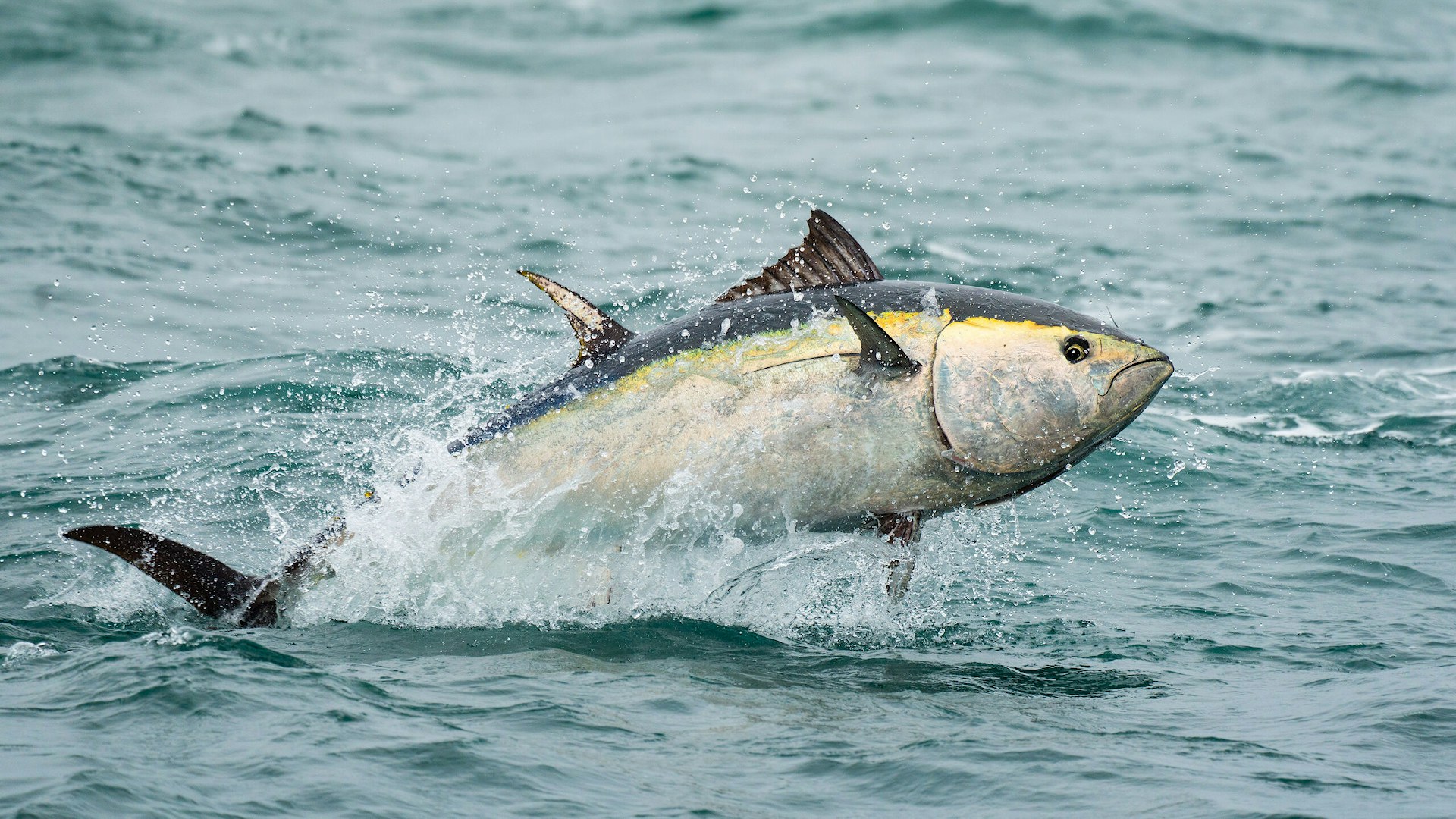
How they shape the landscape
As apex predators, bluefin tuna are vital for maintaining the ecological balance of marine life. With their sharp vision and torpedo-shaped bodies, they hunt for schools of fish, including herring and mackerel. Aside from fish, they also prey on crustaceans and squid. They even filter-feed on zooplankton and graze on kelp [1].
In addition, they transport nutrients to the ocean’s surface, creating conditions that allow plankton to thrive. This process helps produce oxygen, capture carbon and support smaller fish species and crustaceans.
Where they like to be
As a partially warm-blooded fish, a rare characteristic, the bluefin tuna has the ability to be comfortable in the cold waters of the Northern Atlantic Ocean and the warmer waters of the Gulf of Mexico and the Mediterranean.
How much space they need
With their incredible speed and stamina, migrating bluefin tuna cover huge distances from the Gulf of Mexico to the coasts of Europe and back. In the open sea beyond the continental shelf, bluefin tuna regularly dive to depths of 3,000 feet, helped by the adaptability offered by their warm blood.
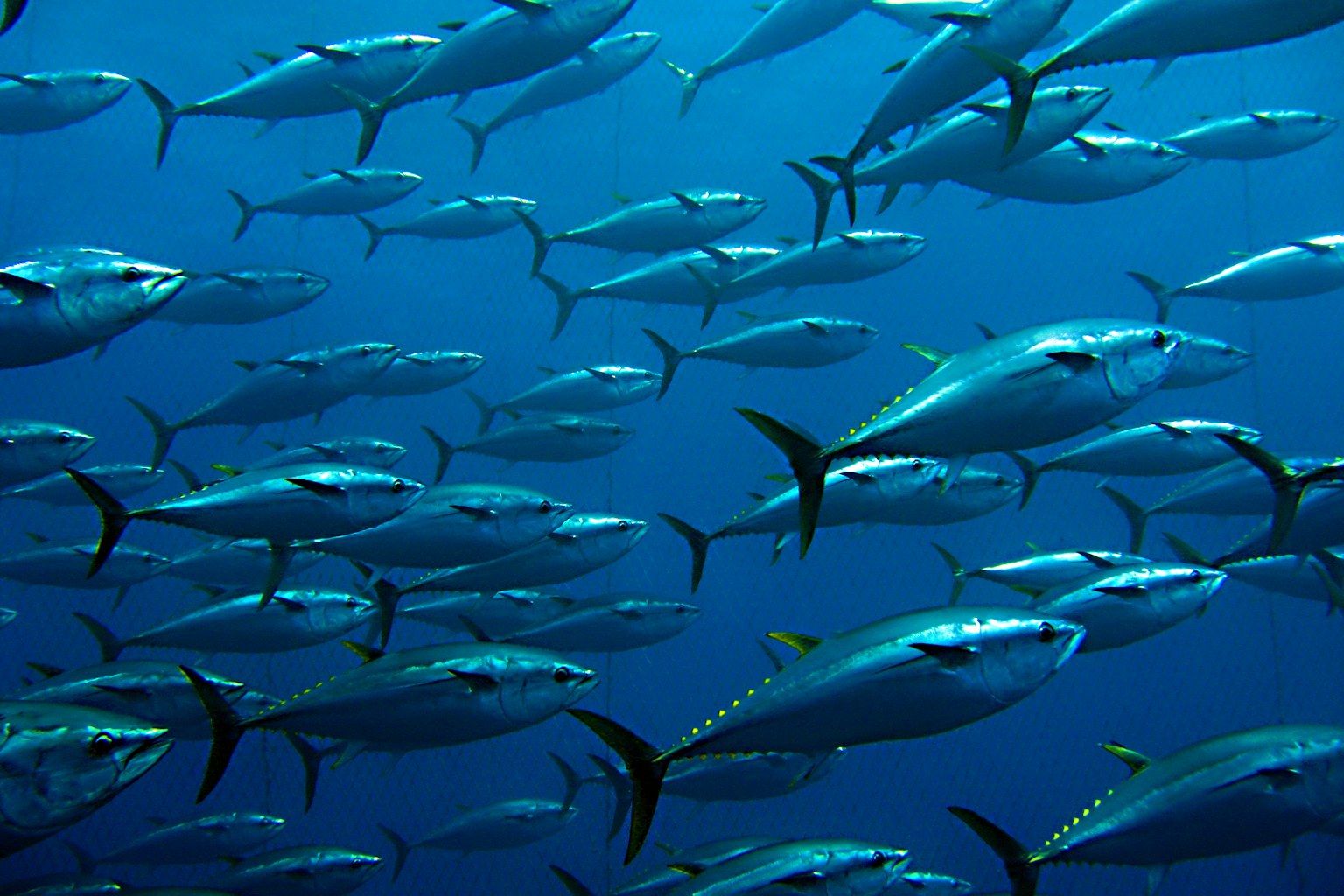
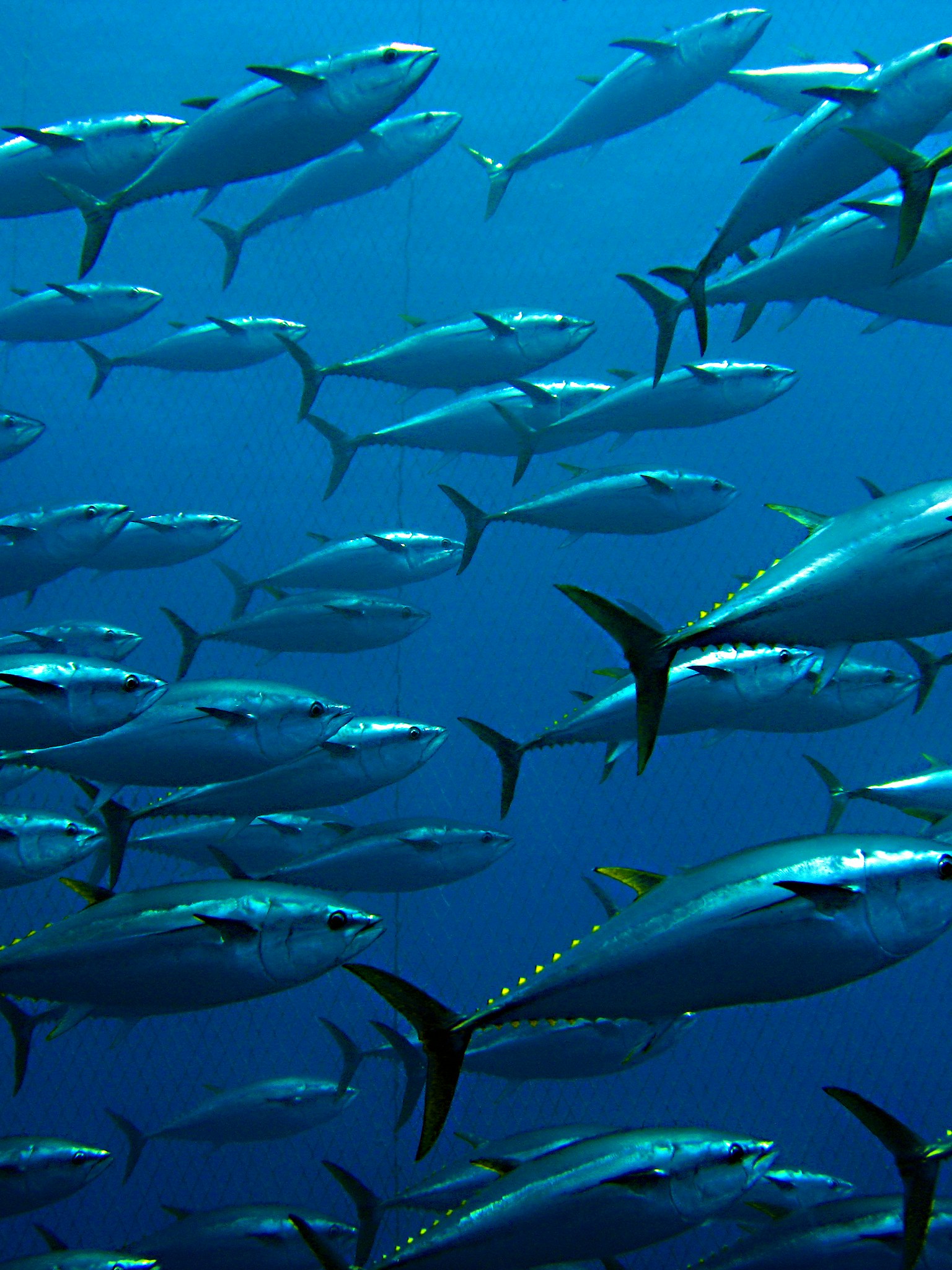
Did you know…
Bluefin tuna can retract their dorsal and pectoral fins into slots to minimise drag as they swim through the water, helping them reach speeds of over 40 miles per hour.
Background story
Bluefin tuna are extremely vulnerable to overfishing due to their low reproduction rate and late maturity. Their size — adults often reach 2 metres and sometimes up to 4 — and agility make these fish highly prized by hunters.
As highly migratory fish, commercial and illegal fishing in our seas and beyond pose the biggest threat to their population. This unsustainable demand, especially for large, breeding-aged individuals, had pushed bluefin tuna to the edge of extinction [1]. The enforcement of regional fishing quotas over the last decade has allowed the population to rally [2]. However, amid growing pressures on all fish species, this recovery is uneven and precarious. Efforts must be maintained to give these remarkable fish a chance to thrive in our waters once more.
Can we have them in Britain?
After decades of absence from British seas, bluefin tuna have recently returned to our waters [3]. Their return is not so much due to an increase in their population size, but rather the result of warming sea temperatures around the British Isles.
For bluefin tuna to survive in our waters in the long term, they must be protected by sustainable marine management practices. While a limited understanding of this species’ biology and migratory patterns has posed challenges in the past, advancing research can only help to bridge these gaps and support effective management plans.
In summary
- One of the largest and fastest fish in the world.
- An apex predator that maintains balance in the marine environment.
- Currently at risk of extinction due to pressure from overfishing and climate change.
- Has recently returned to British waters due to warming sea temperatures, but no effective protection is yet in place.
- National Geographic Society. (2015). Atlantic bluefin tuna.
- IUCN. (2021). Tuna species recovering despite growing pressures on marine life - IUCN Red List.
- Secchi Disk Foundation. (2019). Bluefin tuna are back around the UK and a new study explains why.
Additional resources
- Faillettaz, R., Beaugrand, G., Goberville, E. and Kirby, R.R., 2019. Atlantic Multidecadal Oscillations drive the basin-scale distribution of Atlantic bluefin tuna. Science advances, 5(1), p.eaar6993.
- Horton, T.W., Block, B.A., Davies, R., Hawkes, L.A., Jones, D., Jones, H., Leeves, K., Maoiléidigh, N.Ó., Righton, D., van der Kooij, J. and Wall, D., 2021. Evidence of increased occurrence of Atlantic bluefin tuna in territorial waters of the United Kingdom and Ireland. ICES Journal of Marine Science, 78(5), pp.1672-1683.





